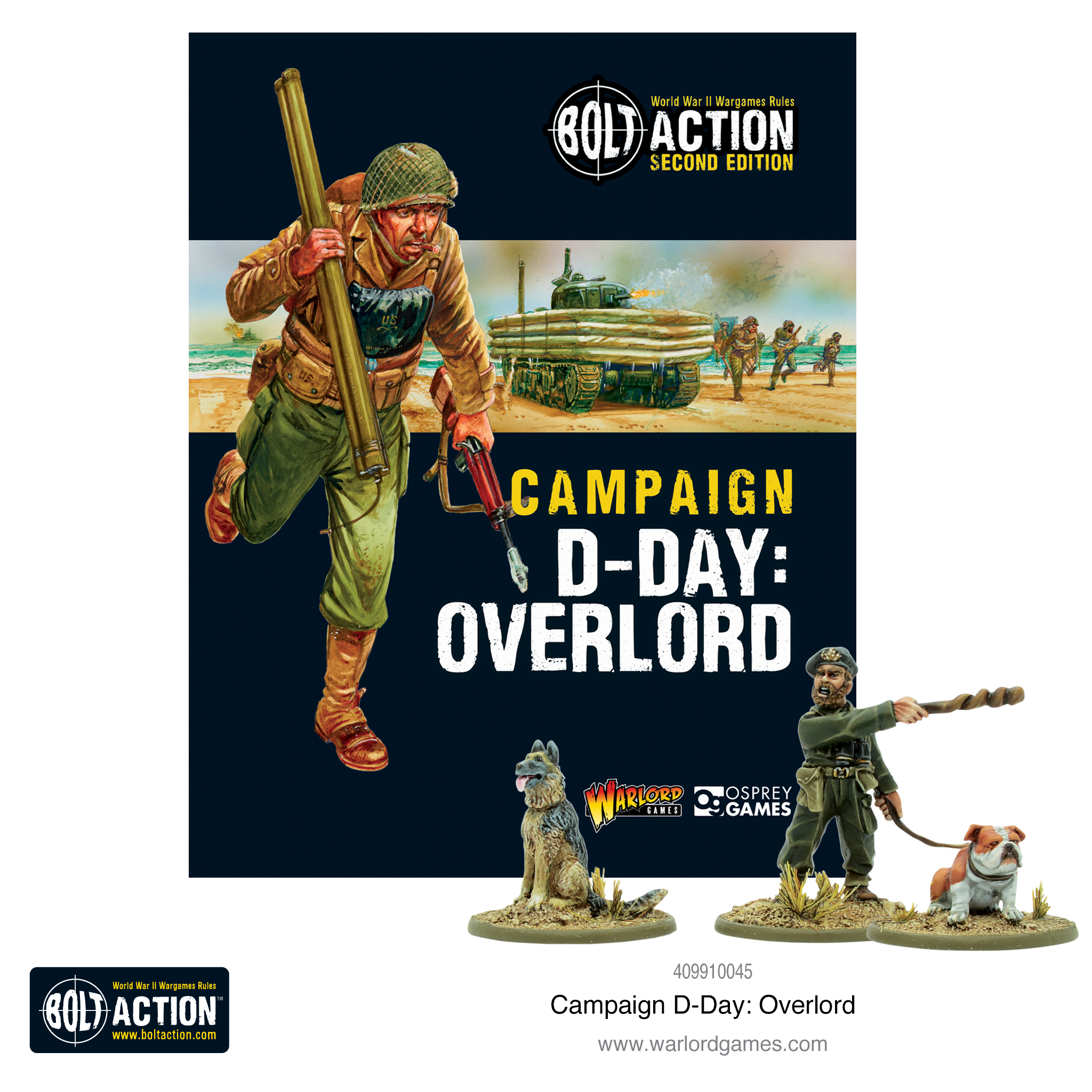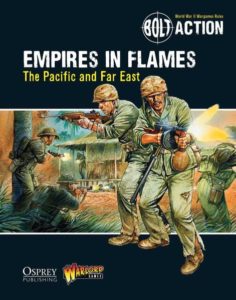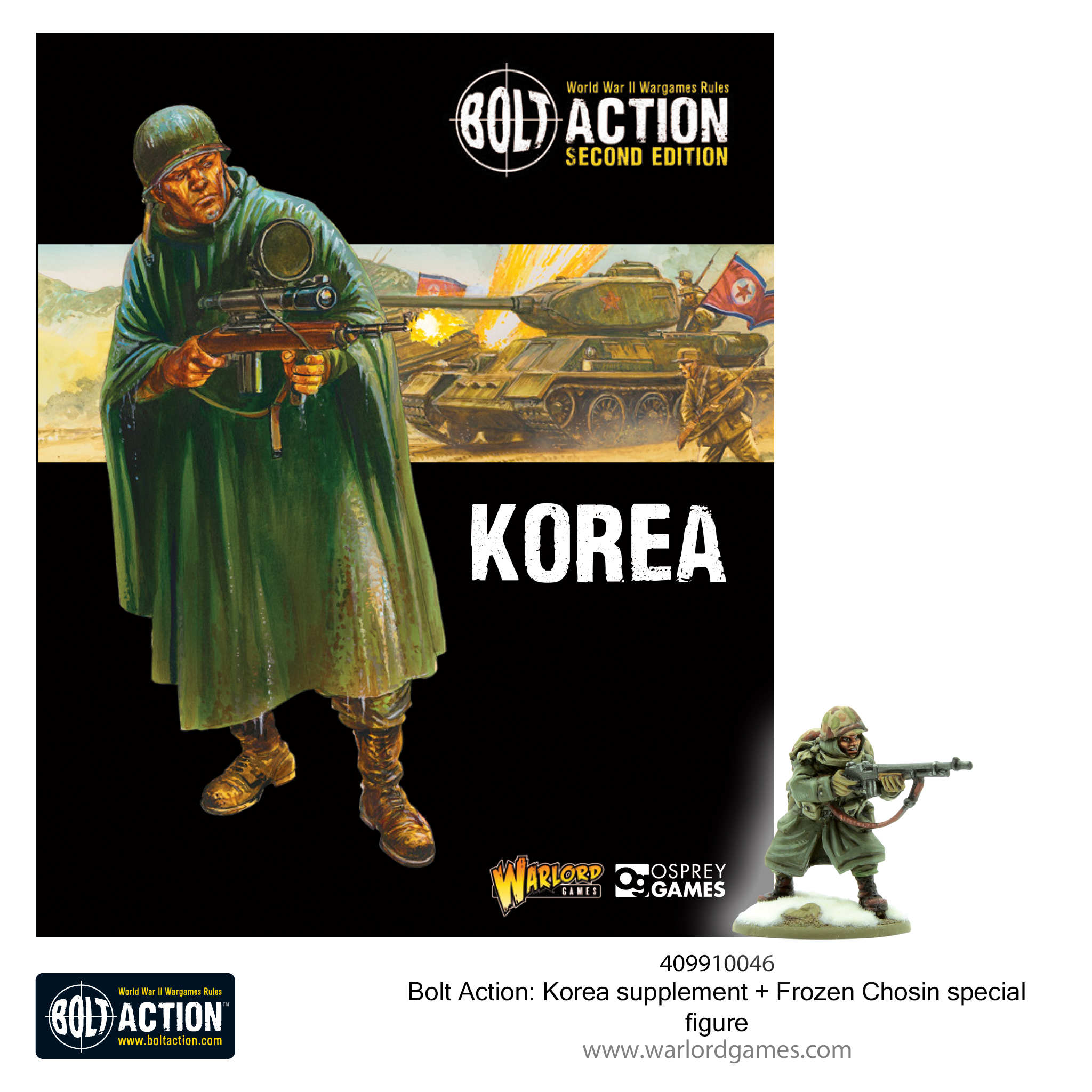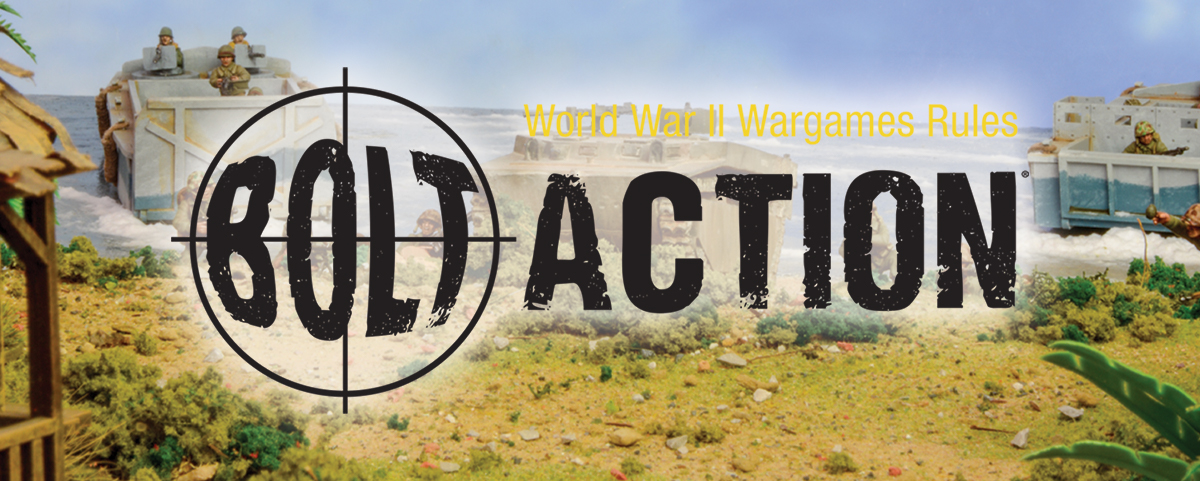
Bolt Action writer Alessio Cavatore brings us the rules for staging beach landings in your games – perfect for Pacific themed battles as well as, of course, the D-Day landings, and the last major instance of amphibious assault: the landings at Inchon during the Korean War…
An over-the-beach assault is just about the worst way to enter combat, especially against an alerted enemy. The rise and fall of the surf is constantly working against the attackers, while the defenders have a conveniently packed group of men against which to concentrate their fire.
In order to use these rules in a game of Bolt Action, you should define an area of the table as Deep Water, and another as Shallow Water. These areas of water normally start from the attacker’s table edge.
Movement in Water
Deep Water
Deep Water is impassable terrain to all units except those that have the Waterborne or Amphibious rules, or any other rule allowing movement in water (i.e. boats and amphibious vehicles, usually). We assume that infantry laden with all of their kit they need to carry in combat cannot swim and keep their kit operational.
In addition, the following extra rules apply:
- If a vehicle with the Waterborne or Amphibious rule is immobilized while in Deep Water, it will automatically drift D6” forward every time it receives an order.
- Units in Deep Water suffer an additional -1 to hit when firing their onboard weapons because of the waves rocking the boat. Players may agree to ignore this rule if the Deep Water in question is exceptionally still (placid lake, very slow moving river).
- If a transported unit does not have the Waterborne or Amphibious rule and is forced to dismount in Deep Water, it can try to reach an area of Shallow Water with his move to dismount. If it cannot reach the Shallow Water, it is destroyed.
Shallow Water
Shallow water is treated as rough ground, with a few extra rules:
- Only Infantry and Waterborne or Amphibious vehicles, may move in water.
- Artillery units treat it as impassable. If transported artillery is forced to dismount in Shallow Water, it can try to reach an area of solid ground with his move to dismount. If it cannot reach the solid ground, it is destroyed.
- While infantry are moving in water, they can do nothing else (e.g. an infantry unit may not fire weapons while in water).
- Infantry units must always pass an order test to execute an order while in water, even if they are not pinned.
- Water provides hard cover to infantry from small arms fire. This is due to the rounds being slowed down by the density of the water. Even the feared MG42’s bullets would stop after going through only 3 feet of surf!
- When an infantry unit finally moves out of the shallow water, they immediately get an additional pin marker to represent the difficulty of regrouping after moving in water.
- Waterborne vehicles may end their move overlapping solid ground for up to half of their length, thus allowing transported units to disembark.
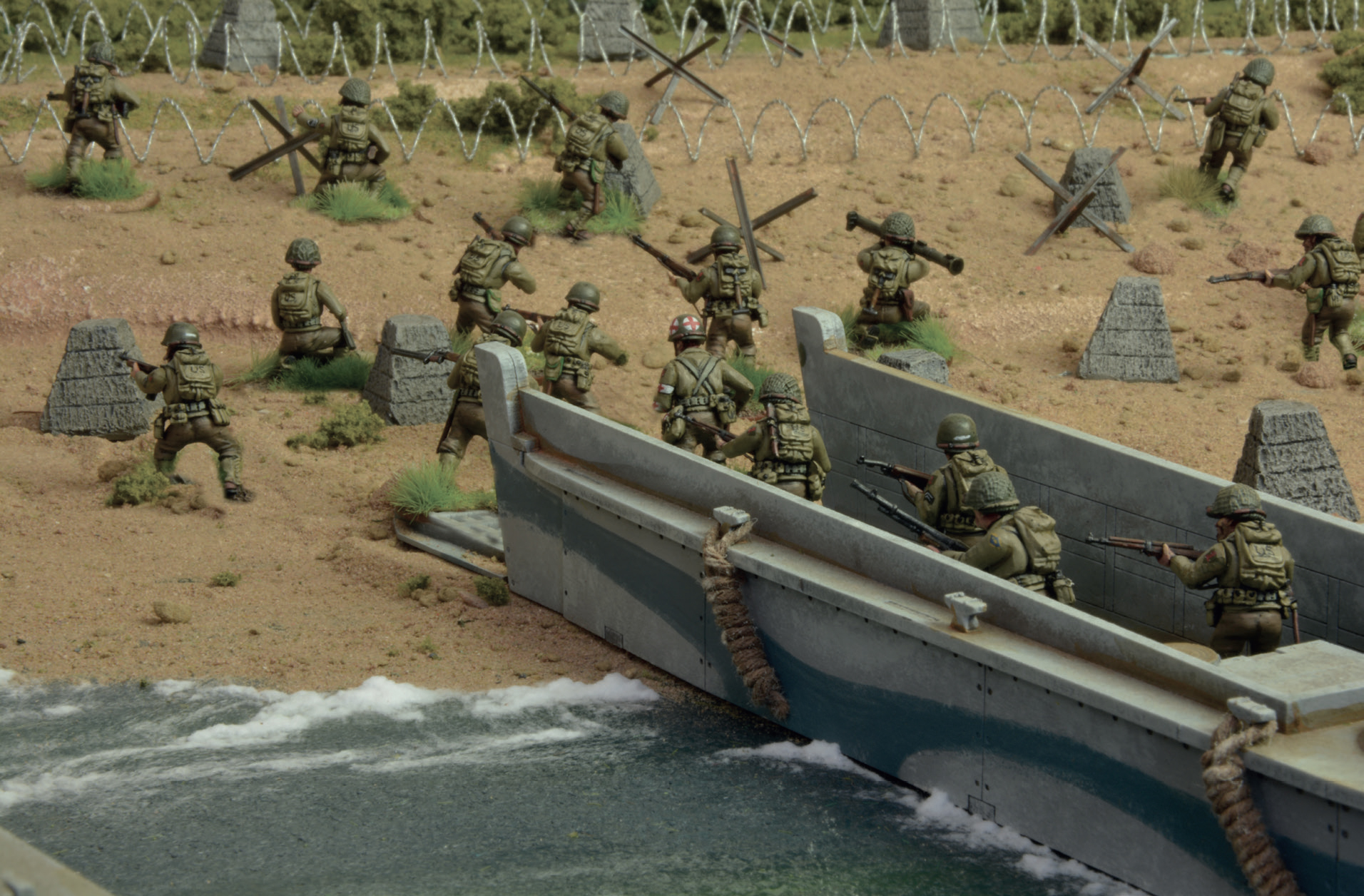
Landing crafts
Here below are the rules for the most common type/sizes of landing craft used in WWII – feel free to add them to any nation’s force.
The standard rules for transports apply to landing crafts, with the exception that units must begin the game on landing crafts and cannot mount onto them unless the landing craft is partially on solid ground.
Landing Craft, Assault
The Landing Craft Assault was one of the smaller specialised landing craft. This type was developed by the British in 1936, but other combatants created equivalent designs even earlier.
| Cost: | 25pts (inexperienced), 36pts (Regular), 43pts (Veteran) |
| Weapons: | None |
| Damage Value: | 6+ |
| Transport: | 36 men |
| Special Rules: |
|
Landing Craft, Personnel
The most common example of Landing Craft, Vehicle, Personnel was perhaps the Higgins Boat. This ubiquitous vehicle was made from plywood, its design based around boats normally used in swamps in mainland US. It could carry an entire infantry platoon or a light vehicle like a jeep and deliver them from their transport ship offshore to the beach, where the front ramp was dropped to let the troops quickly deploy. Around 20,000 were built during World War II.
| Cost: | 40pts (inexperienced), 50pts (Regular), 60pts (Veteran) |
| Weapons: | one MMG covering the front and left arc, one MMG covering the front and right arc |
| Damage Value: | 6+ |
| Transport: | 36 men, or one jeep and 16 men |
| Special Rules: |
|
Landing Craft, Mechanized
There were many different types of LCMs, but in general, they were designed to deliver either a large body of troops or vehicles directly onto the beaches from their front ramp. They could carry a couple of trucks or even a single medium tank, making them a very useful tool during an amphibious assault.
| Cost: | 100pts (inexperienced), 125pts (Regular), 150pts (Veteran) |
| Weapons: | MMG covering the front and left arc, one MMG covering the front and right arc |
| Damage Value: | 7+ |
| Transport: | 100 men, or two soft-skin vehicles, or one armoured vehicle with a damage value of 9+ or less. |
| Options: | Upgrade both MMGs to HMGs for +20pts. |
| Special Rules: |
|

